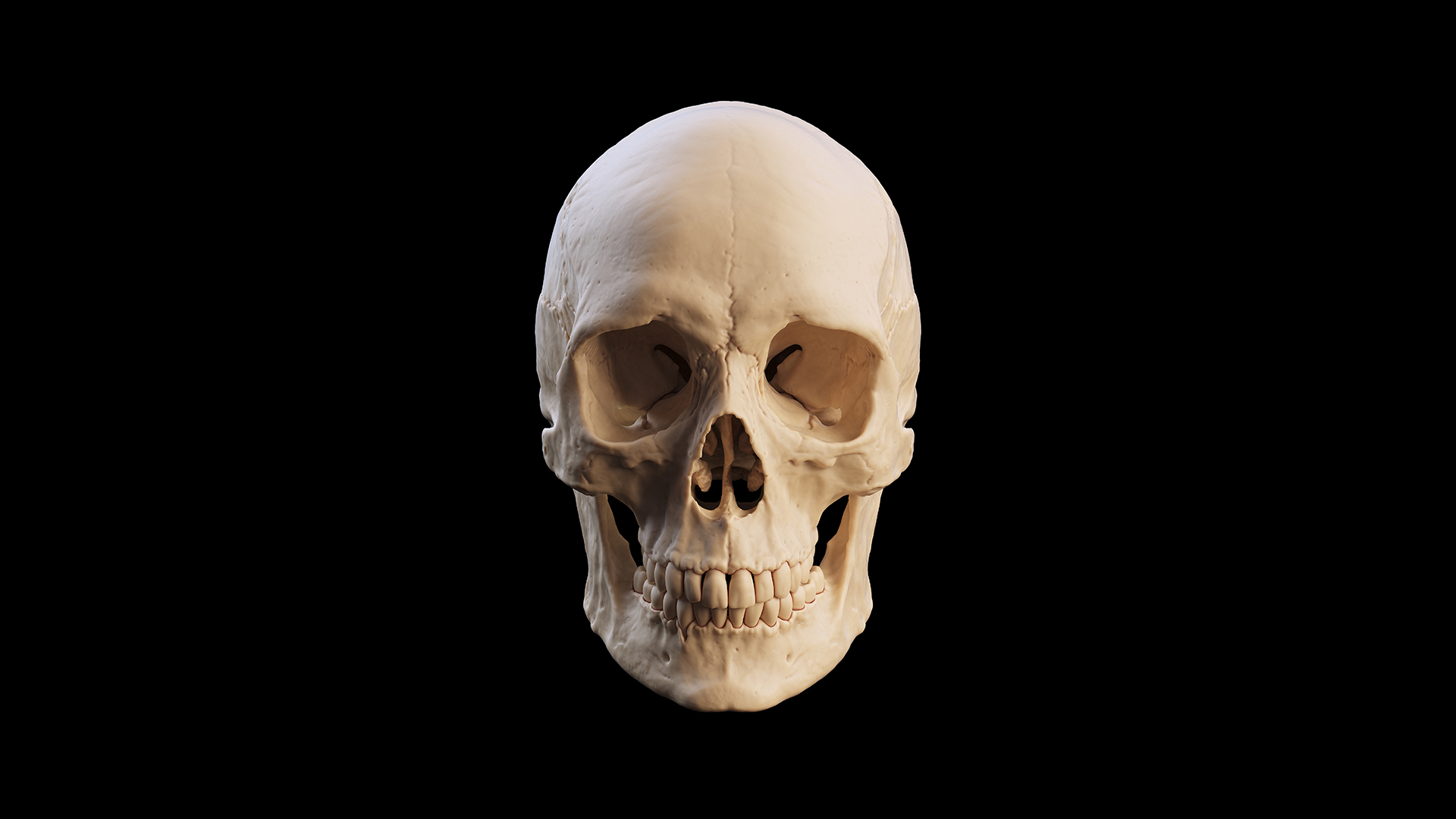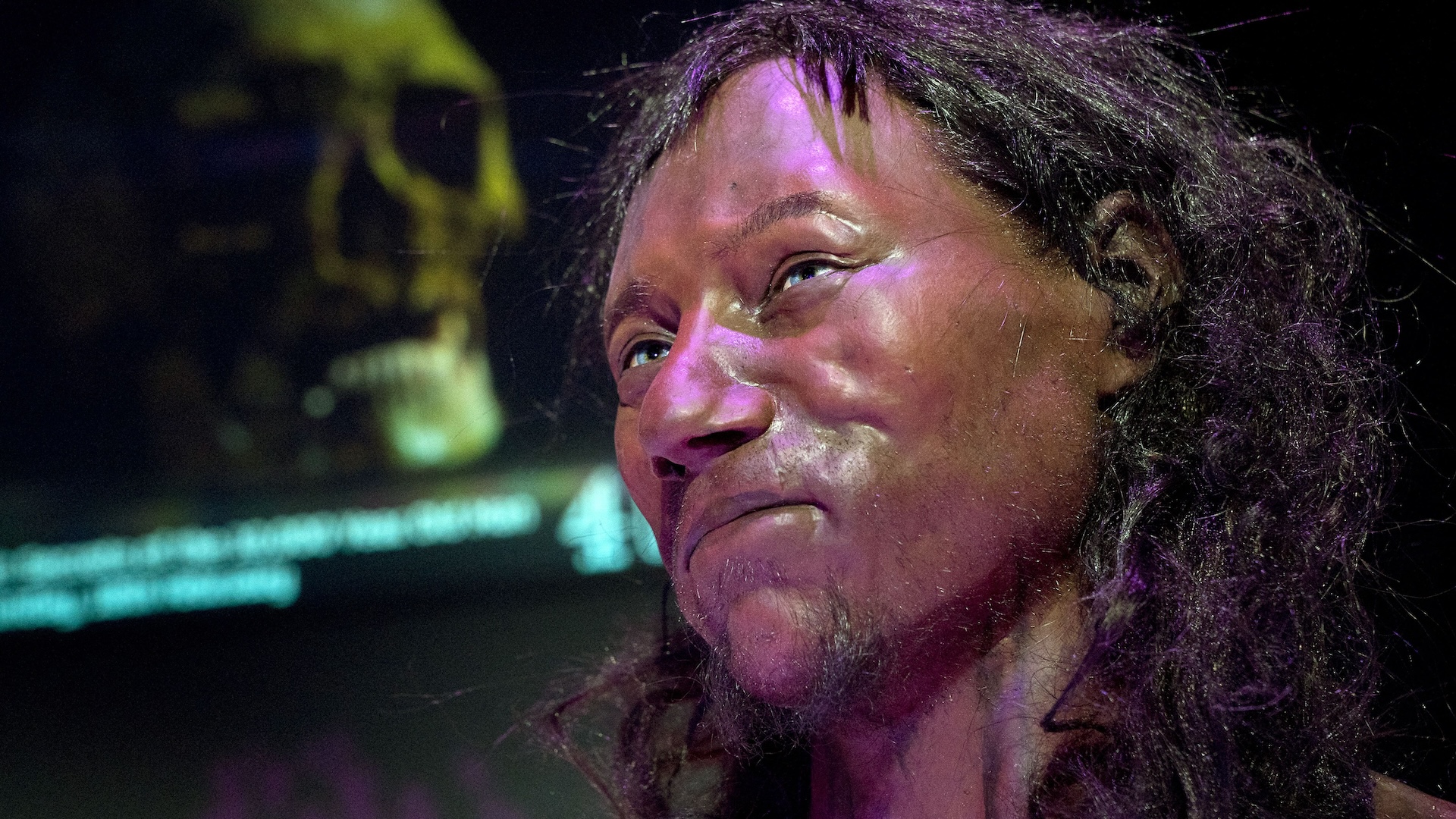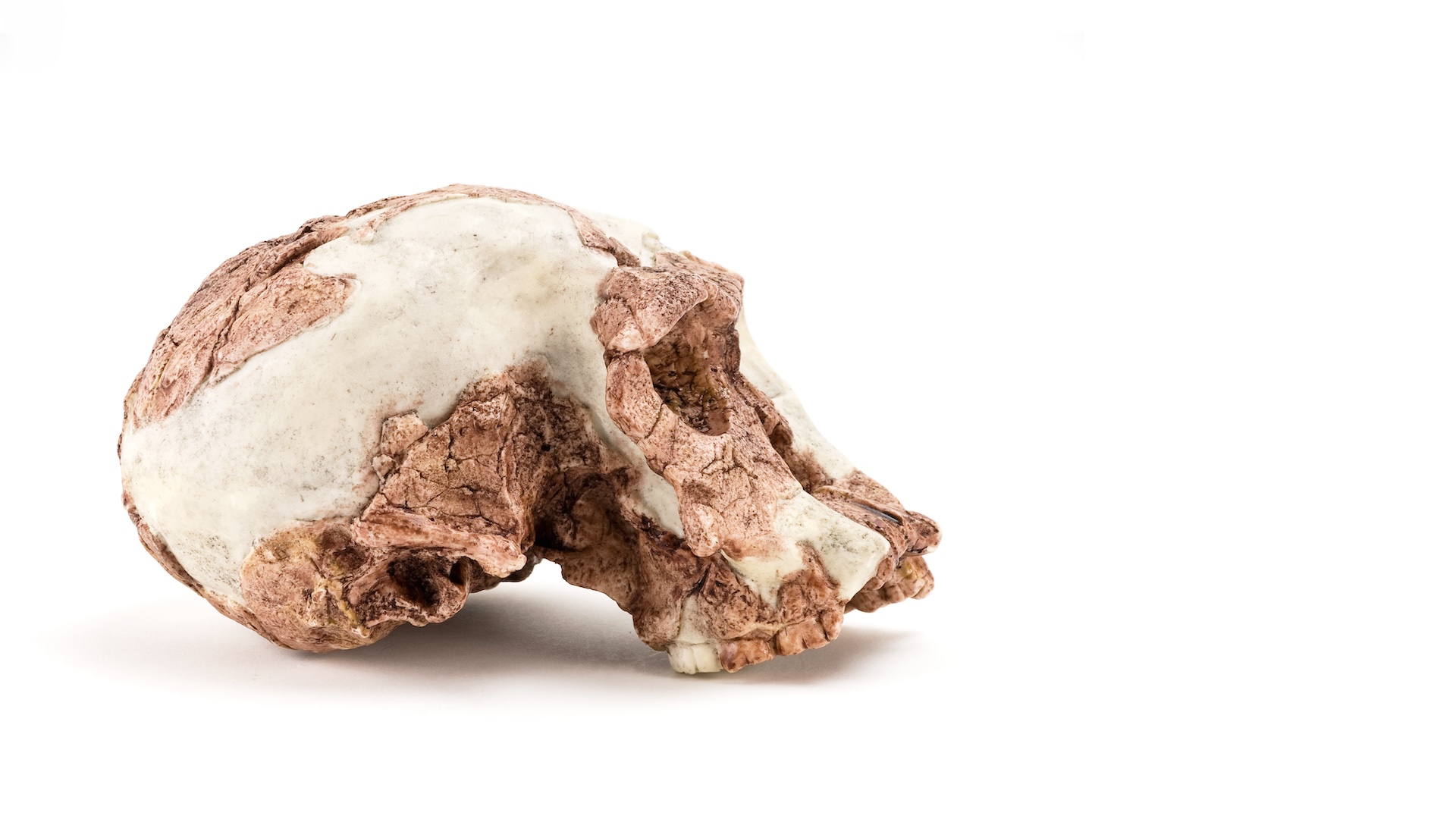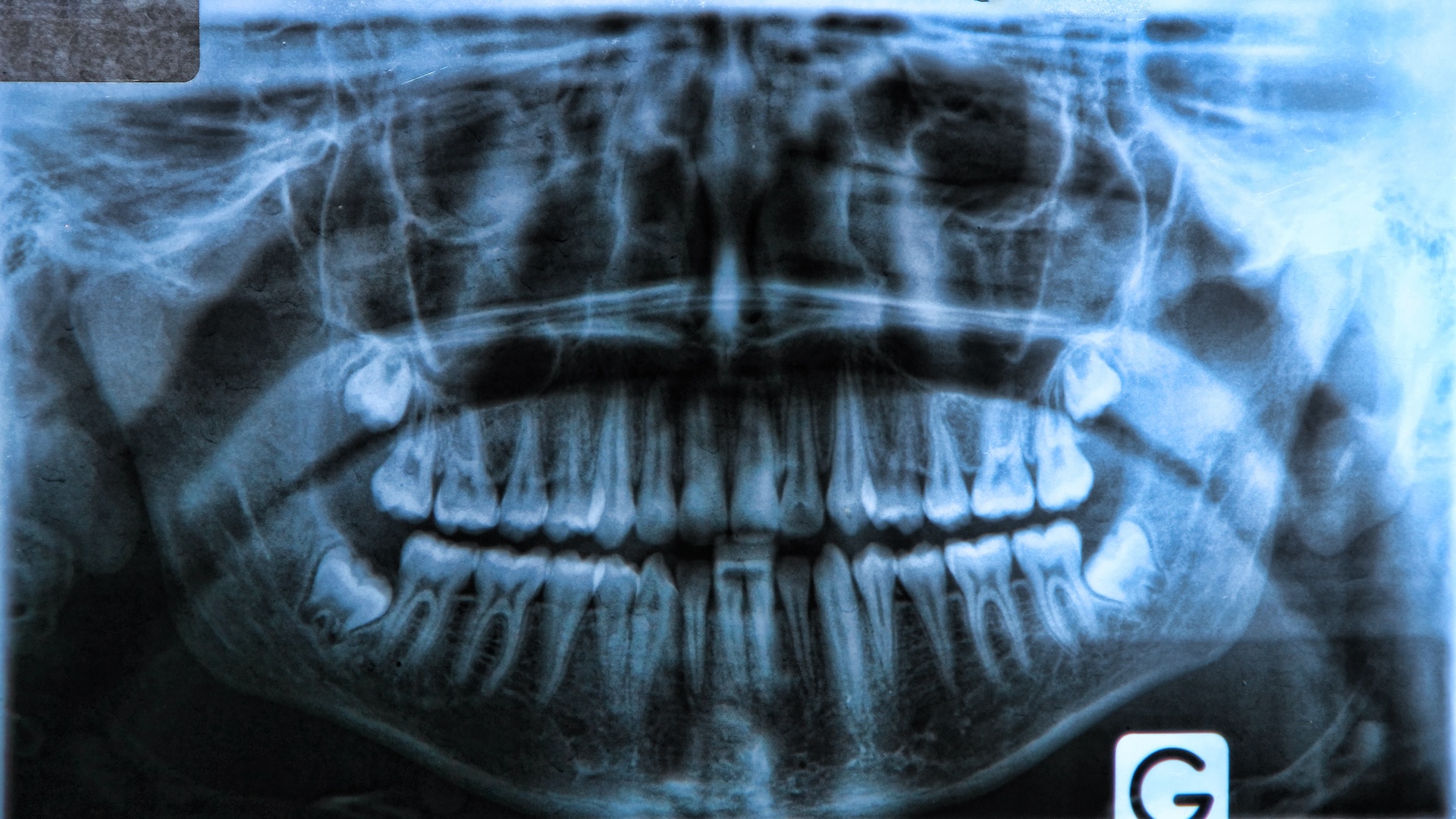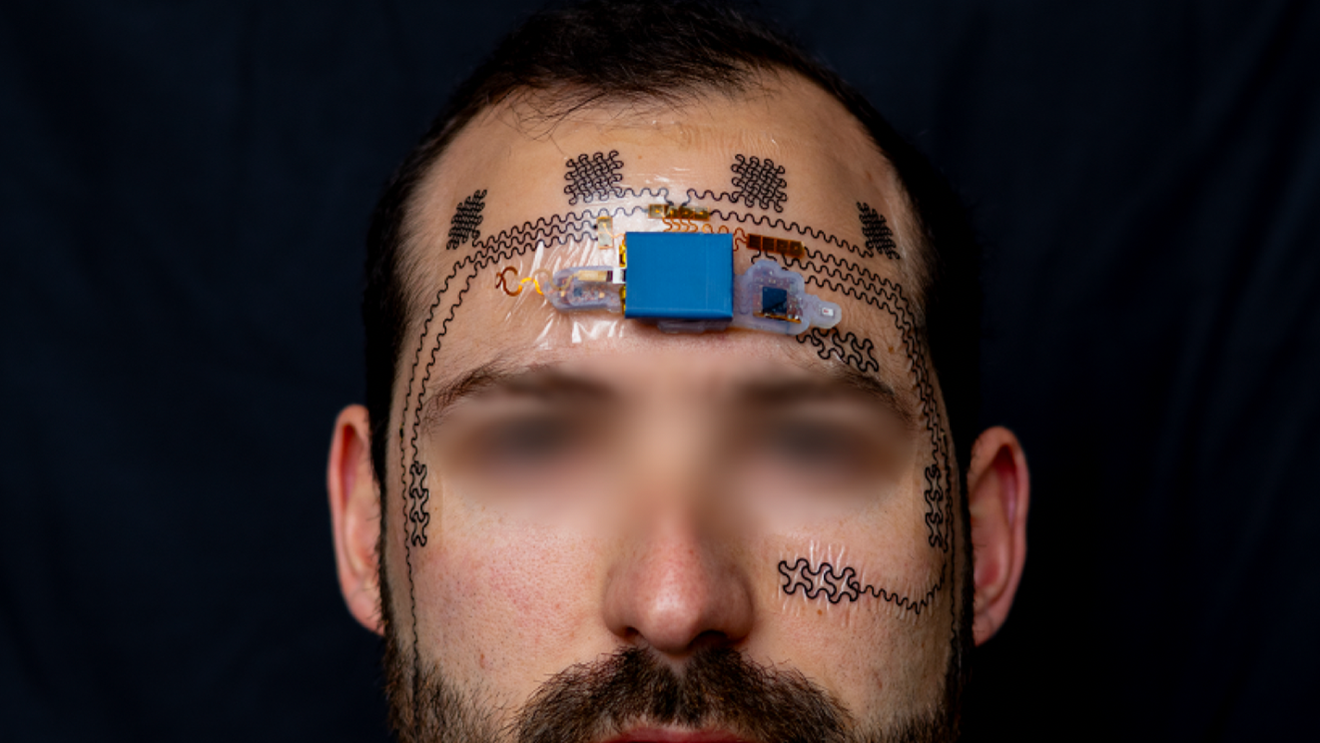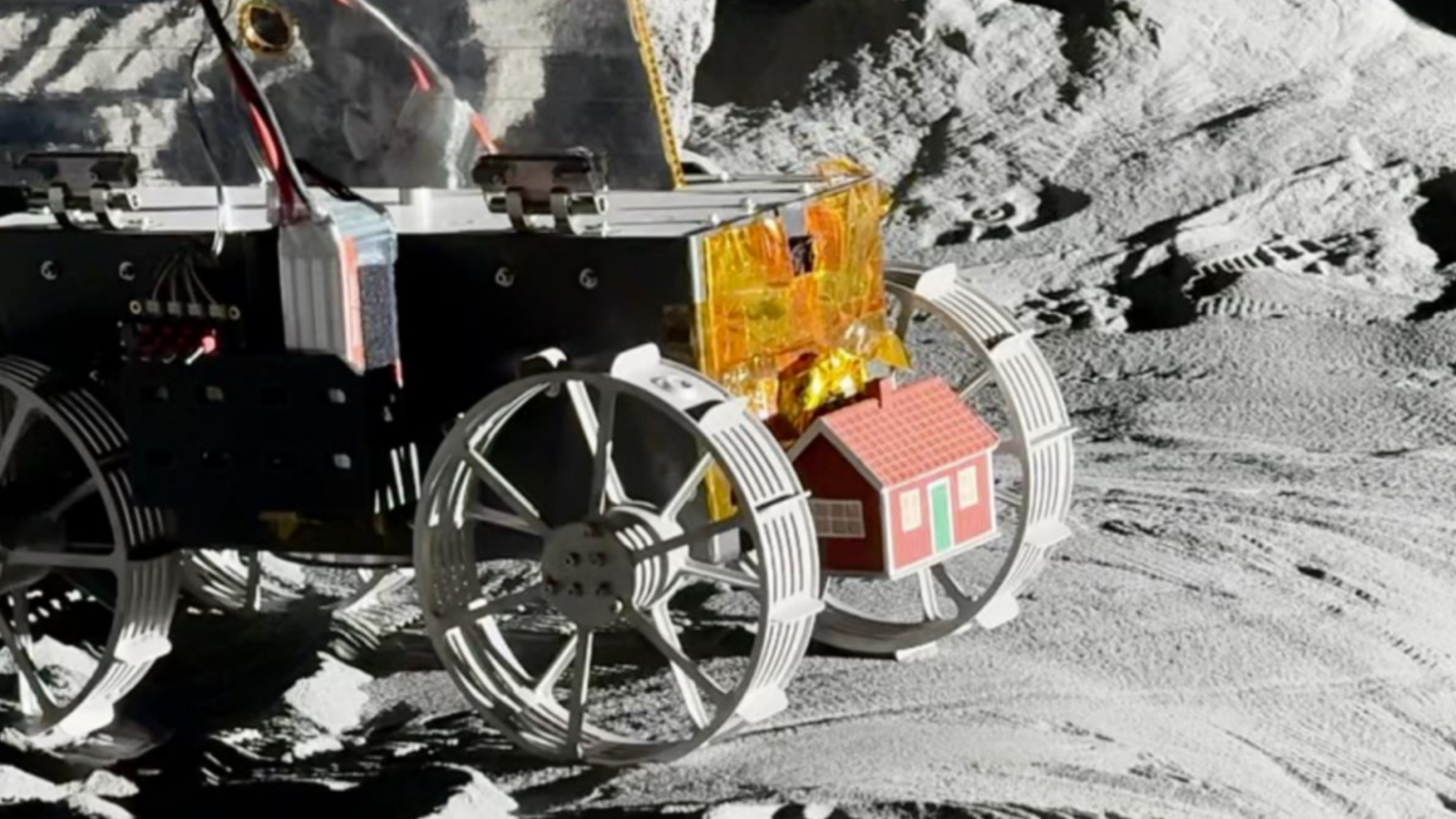Quick facts about human evolution
Oldest discovered Homo sapiens skeletons: 315,000 years old
Where these early fossils were found: Jebel Irhoud, Morocco
What experts found: The fossil skeletons of 22 humans
In 1758, Swedish biologist Carl Linnaeus gave humans a scientific name: Homo sapiens, which means “wise human” in Latin. Although Linnaeus grouped humans with other apes, it was English biologist Charles Darwin who laid out an explanation for how humans came to be. His theory of evolution, first described in 1859, explained how humans slowly changed over time to be better suited to the environments where they lived. Many of our traits, from our ability to walk on two legs to our big brains, are a result of this evolution.
For the past 150 years, scientists have been working to understand where humans came from and how we got here. This research is based on skeletons from all over the world and even modern DNA. Scientists now know that our species goes back at least 300,000 years — and that we’re still evolving.
5 fast facts about human evolution
- Humans and chimpanzees shared an ancestor 7 million years ago.
- All humans today are descended from people who evolved in Africa.
- Evolving to walk on two feet has led to problems like back and knee pain.
- Babies are born with more than 300 bones in their skeleton, but by adulthood, they have only 206.
- Wisdom teeth are an evolutionary “leftover” — and some people don’t ever grow them.
Everything you need to know about human evolution
How are humans related to apes?
Humans’ closest relatives are other apes, such as chimpanzees and bonobos. In fact, we share nearly 99% of the same genes, or letters in our DNA, with chimpanzees. Even though we have a lot of similarities, our “last common ancestor” was an ape-like species that lived more than 7 million years ago. That means thousands and thousands of generations ago, the same group of primates gave rise to the distant ancestors of us, chimpanzees, bonobos and gorillas.
You may wonder why, if humans evolved from ape-like species, there are still gorillas and chimpanzees around today. It’s because humans and living apes took two different directions after they split from each other. Apes were busy scampering around on four legs, swinging from trees and living in forests. Their four-legged bodies worked well in these environments.
Meanwhile, for some mysterious reason, human ancestors began to walk upright on two feet, and this new habit, called bipedalism, set the evolution of human skeletons on a distinct path from our ape cousins. Walking on two feet helped our long-ago ancestors move around the African grasslands. Walking upright also freed up their hands to make and use tools. Walking on two legs allowed human ancestors to move into new parts of Africa and then all across the world over millions of years, making us the most adaptable species on Earth.
Where did humans first evolve?
Our species, known in biology as Homo sapiens, first evolved in Africa over 300,000 years ago. The earliest human fossils come from a place called Jebel Irhoud in Morocco, on the northern coast of Africa. Paleoanthropologists — experts in human fossils — point out that, while these early humans’ skulls may look different than ours, they were using tools and creating art.
But some scientists think our species is even older than this. Using information from modern humans’ DNA, genetics experts have created a model showing that humans may have evolved 1 million years ago and then split into groups that lived in South, West and East Africa. These groups would have mostly lived apart but met up every now and then to socialize, share information and have babies together.

When did humans spread around the world?
Almost 2 million years ago, long before humans evolved, our ancient ancestor Homo erectus decided to leave Africa and wander north. Some groups spread into Eastern Europe, China and Southeast Asia, probably hunting for food and shelter. After Homo sapiens evolved from the African descendants of H. erectus, humans began exploring the rest of the world, starting this new journey at least 200,000 years ago.
This trek took groups of humans through the Mediterranean by 195,000 years ago. They reached Northern Europe around 48,000 years ago, occupied Papua New Guinea and Australia by 50,000 years ago, and arrived at some of the far-flung islands of the Pacific 30,000 years ago. The last places to be reached by humans were North and South America; our ancestors were in a spot in what is now New Mexico by 21,000 years ago and arrived at the tip of southern Chile by 14,000 years ago.
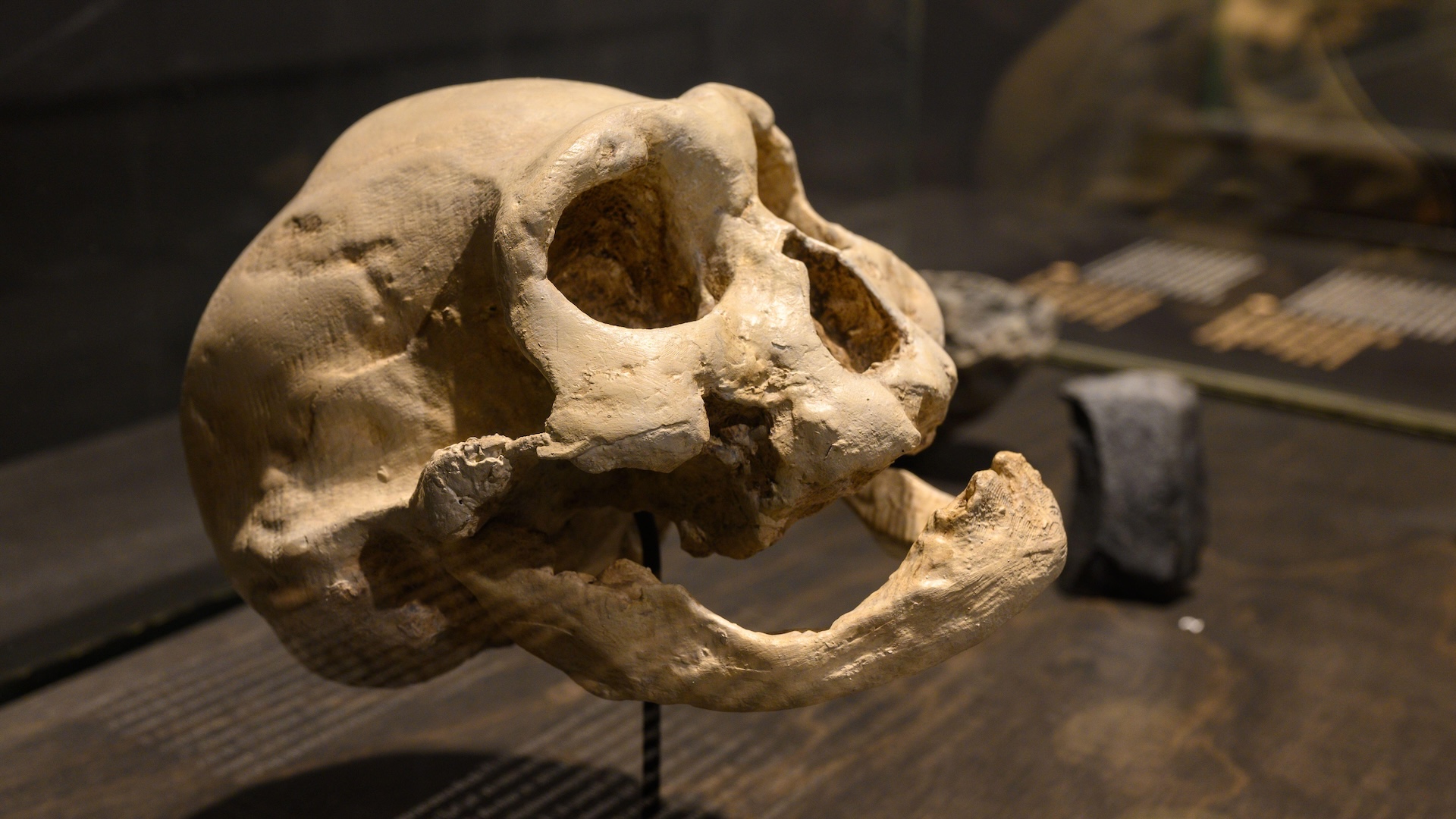
Why do humans have different skin colors?
Until about 14,000 years ago, most humans had dark skin, brown hair and brown eyes, experts who study ancient genetics have discovered. But somewhere between 14,000 and 3,000 years ago, mutations — changes in the letters in our DNA — started to crop up. These mutations — which caused light-colored skin, hair and eyes — became much more common than before, particularly in people living in less sunny environments like Northern Europe.
One explanation for why people in more northern areas tend to have lighter skin is that the sun’s rays are less powerful when they strike farther north. At these locations, people have a harder time getting enough vitamin D, a nutrient that helps boost our immune system and build strong bones. Lighter skin makes it easier for a person in less-sunny climates to get enough vitamin D, so in those places, lighter skin gave people an advantage.
But in sunny regions, darker skin was more useful. That’s because dark skin has more of a special chemical, called melanin, that protects humans from the sun’s powerful rays. A certain kind of sunlight, called UV radiation, can pass through the skin and damage our DNA, which can then lead to cancer. But melanin blocks those rays.
Today, people with any skin color can survive anywhere in the world. That’s because humans have learned how to get vitamin D from foods like milk and fish and to stay in the shade, slather on sunblock, or wear clothes and hats to protect us from UV rays.

Are humans still evolving?
By the basic definition of evolution — a change in characteristics that are inherited, or passed on through genes from parents to children — yes, humans are still evolving! But you may have to look really close to see it.
One obvious example is wisdom teeth, those molars that finally show up in your late teens or early 20s. We used to have bigger, stronger jaws because we needed to chew tough foods. Today, some people have a mutation that causes them to not have wisdom teeth. This mutation is becoming more common because we eat soft, cooked foods now and don’t need to do all the chewing our ancestors did.
But scientists can also see that individual genes are changing in humans over time. One example is a gene called EPAS1, which helps a person function better when the air doesn’t have much oxygen, such as in high mountains. Scientists found that 87% of Tibetans have one form of this gene, while only 9% of Chinese have the same form. Tibetan ancestors split off from Han Chinese people only around 2,700 years ago, which means that this gene quickly took over in ancient Tibetans because it was so helpful in their high mountain environments. That’s some of the fastest evolution ever seen in humans.





